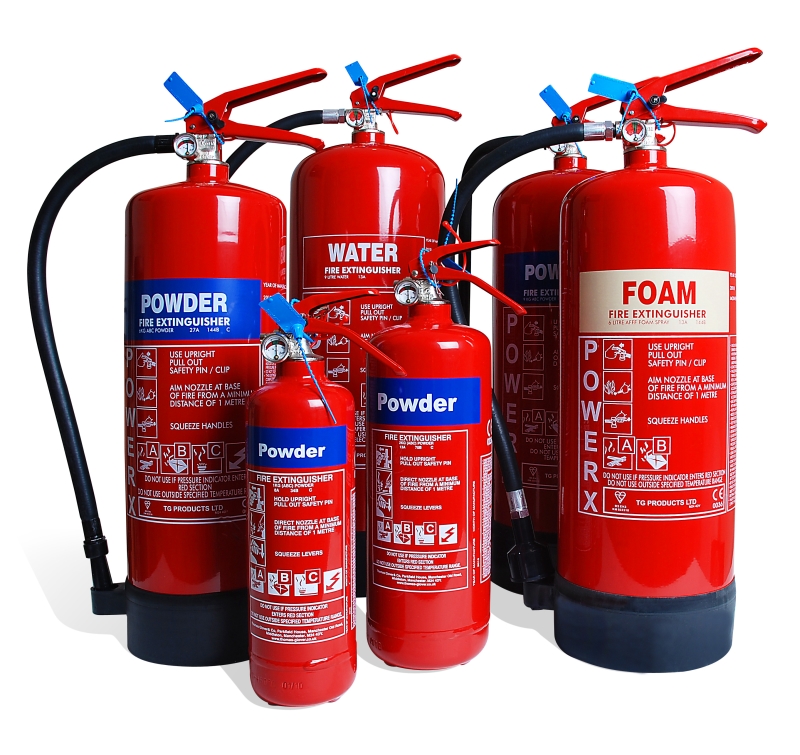Staying on top of fire safety in any organisation or business has to be one of the top priorities.
It ensures staff, patients and visitors are safe and keeps health and care operators on the right side of the law.
Whether it’s a hospital, health centre, or care home, it must comply with the Regulatory Reform (Fire Safety) Order 2005, and that requires a fire risk assessment.
With health and social care facilities facing ever-tightening budgets, it’s a thin line to tread. But, with lives, livelihoods, and premises at risk, fire safety is essential.
The responsible person, whether that be a trust chairman or company owner, could potentially receive a large fine, or even a prison sentence, if wrongdoings are found.
A fire risk assessment has various stages, and once complete, it gives peace of mind you’re doing everything practically possible.
Fire hazards
Unavoidably, it’s likely your properties are full of fire hazards. However, when you take the right precautions, accidents can be avoided. So, first of all, make a note of potential sources of ignition, fuel, and oxygen.
Electrical equipment, heaters, cooking equipment and naked flames are all possible causes of a fire. These risks can be reduced by simply ensuring all equipment is maintained and serviced to the manufacturer’s guidelines by professionals.
These also need to be kept a safe distance away from things which can burn, such as cardboard boxes, medical supplies, toiletries, aerosols, cleaning products and waste, so it’s important to store and use them as directed.
The main source of oxygen will come from the air around us, but you must ensure that medical oxygen supplies are managed as directed.
Those at risk
Next, you need to identify the people who are most at risk. Staff covering day and night shifts, patients/residents, and visitors are most likely to be affected, but don’t forget about temporary staff and contractors.
You must then consider individual needs, medical conditions, sensory awareness, and mobility. With this, you may need to seek professional advice and discuss the needs with each individual. Some may be able to escape unaided but will take longer, while others will need assistance and maybe even specialist equipment.
For these vulnerable residents, staff will require evacuation training.
Evaluate and act
Now is when you begin to evaluate and act, knowing all the relevant information.
For larger premises, you may require a sprinkler system for instant fire suppression, but, more generally, this will consist of fire blankets in kitchen areas and fire extinguishers located near the applicable risk.
As a rule of thumb, water, foam and CO2 fire extinguishers are most suitable, with powder only acceptable for specific fire risks with its own health and safety risk assessment.
Each extinguisher also needs an identification sign installed just above it, should be commissioned upon installation, and should be serviced annually by a trained professional.
You’ll also need suitable fire alarm coverage, with emergency lighting and fire exit signs throughout leading towards the nearest safe exit. These will ensure that even those unfamiliar with the building are able to quickly get out.
And for your fire doors, rather than wedging them open so they cannot do their job; install fire door holders so they’ll stay open for access and shut when there’s a fire.

Record, plan, train, and review
Having a fire action plan is necessary to ensure that everyone, regardless of how familiar they are with your health facility, knows how to act in an emergency. And you’ll want plenty of staff who have received fire warden training so they can help promote good fire safety, hold fire drills, and calmly take charge in an emergency.
Then, the best way to familiarise people with your plan, and to test its effectiveness, is to carry out a fire drill. It’s best to discover any issues before it’s too late so you can make the relevant changes.
Once complete, remember your fire risk assessment will need reviewing regularly and should be updated whenever there is a change to the use and/or layout of your premises. Many fire services recommend doing this annually.
Although a competent person can carry out a fire risk assessment, many choose to hire a professional risk assessor as it saves time and hassle. Plus, it gives you peace of mind that all potential hazards have been accounted for.

